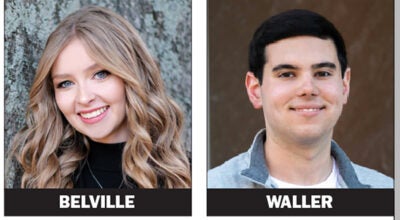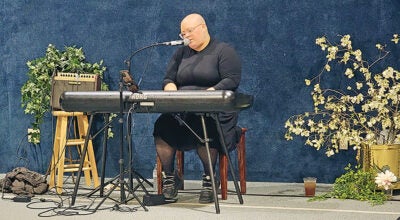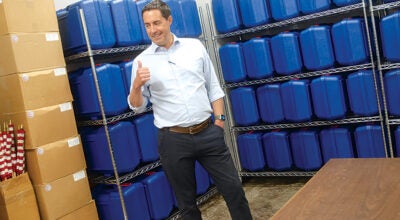Parking lot utilizes special concrete
Published 9:25 am Wednesday, June 19, 2013
It is all too easy for areas to flood in southern Ohio after a strong storm, but anyone paying attention to the new parking lot in front of Ohio University Southern’s Collins Center may notice water seems to disappear from the concrete as if it is part of a magic act.
But it is no trick or spell that makes the water vanish, the parking lot was constructed utilizing a pervious concrete pavement system designed to make better use of the land area by eliminating the need for retention ponds or other storm water control devices.
Adam Riehl, OUS director of facilities management, said the pervious concrete system is the first of its kind constructed on any Ohio University property.
“The concrete is made of a special mix different to conventional mixes,” Riehl said. “This creates noticeable voids which allows the stormwater to penetrate the surface rather than pool or sheet flow across the stop.”
The system is constructed on top of a deep aggregate bed and drainage system, Riehl said. He said the water moves through the system, undergoes filtration and part of the water recharges the water table with the remaining piped into the public storm water sewer system. Riehl said this is a great benefit as the drainage system increases the overall local storm water quality.
Another key benefit is using less land, which Riehl said helps save money that can be used by Ohio University to purchase additional property or anything else the university needs to continue improving its campuses.
“The pavement system is an efficient use of land, “Riehl said. “All things being equal, we could have only constructed a 25 or 30 space parking lot rather than the 49 spaces that we achieved had a surface basin been utilized.”
Fitting more parking spots into a smaller land area helps Ohio University better utilize the land surrounding the university and Riehl said the costs of pervious concrete vs. regular concrete are nearly equal. He said considering the land use factor, it is easy to make the argument that pervious concrete is more cost effective.
Part of the overall campus entry improvements project, Riehl said the pervious concrete system is another example of OU’s commitment to sustainable infrastructure.





